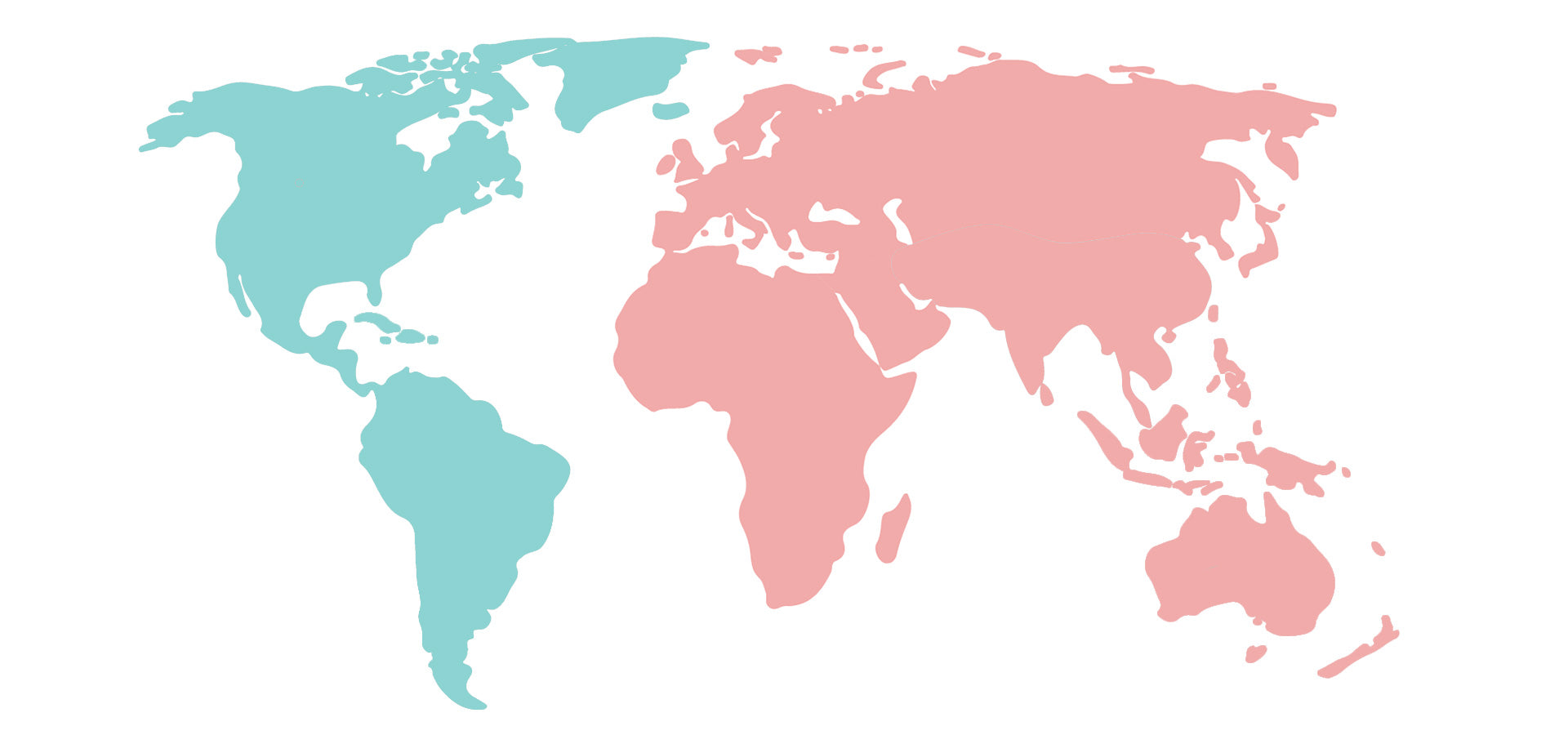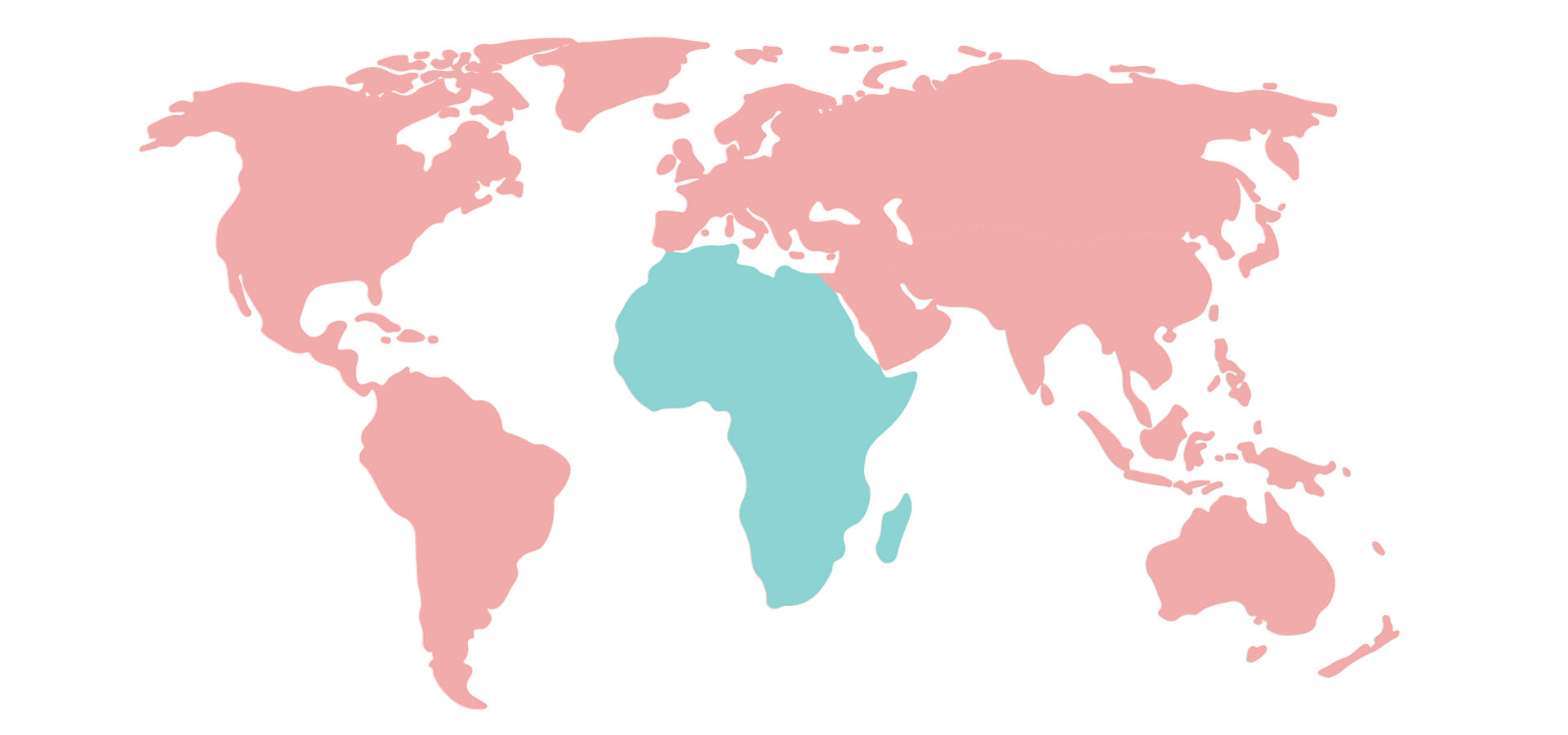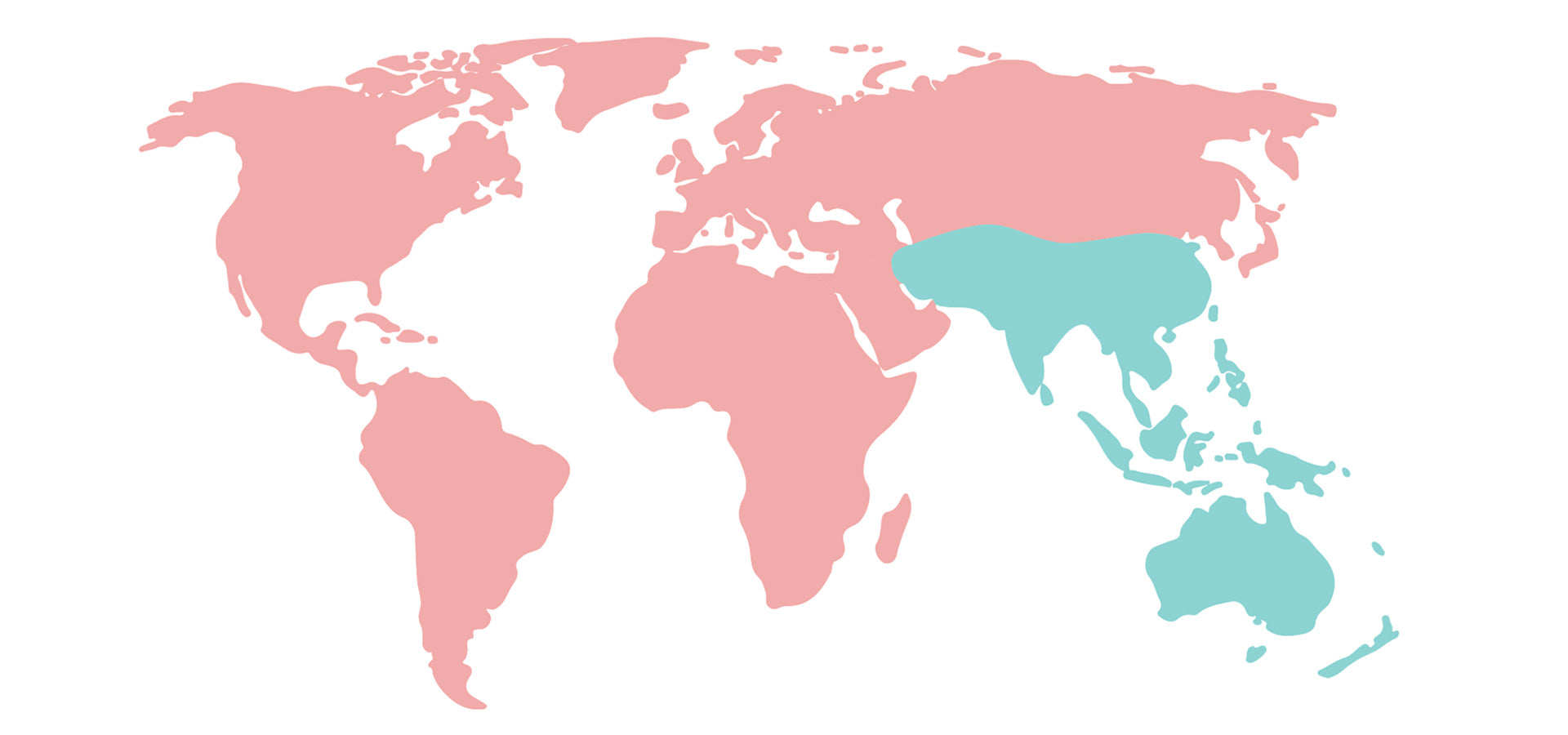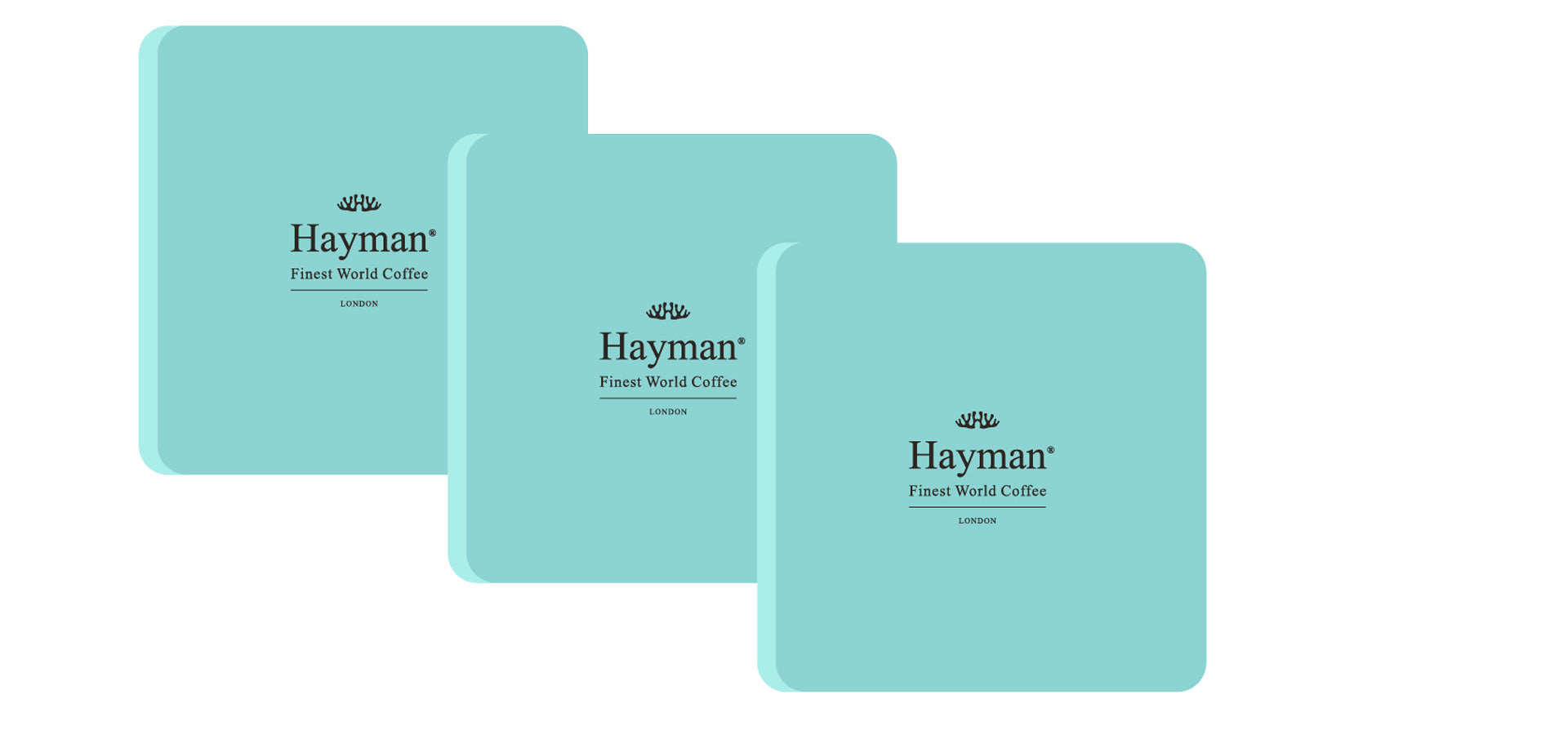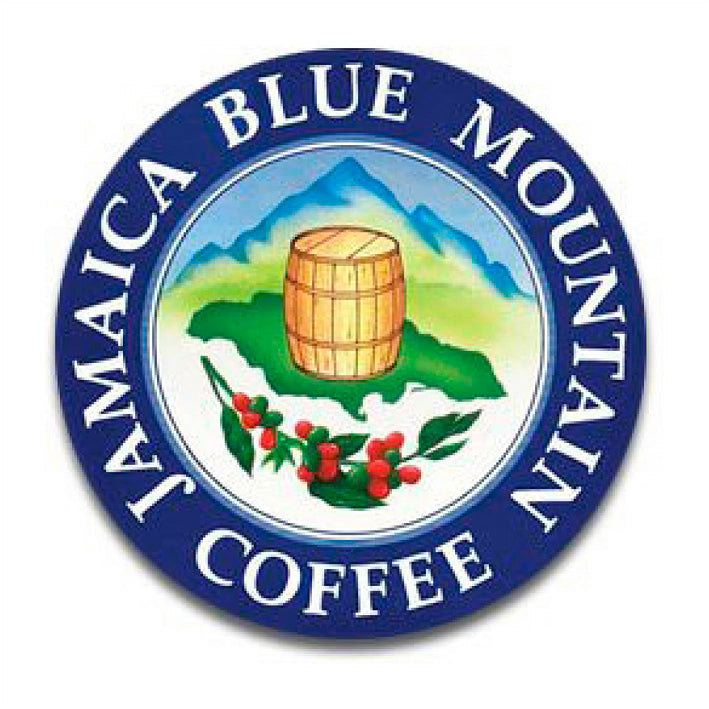Coffee Processing Methods: Dry Vs. Wet

There are two main ways used to process coffee: the dry and the wet methods, which have the power to influence the final tasting notes of the coffee.
The dry method, also known as natural or unwashed coffee, is the most traditional and old one. Right after harvest, the coffee cherries are separated from chaff by winnowing, and then placed on a flat, sun-exposed surface, in order to dry. The drying process lasts 2-3 weeks, during which the cherries are turned 3 times per day. The final step is the removal, often by mechanical means, of the outer layers of the cherries until we are left only with the coffee beans hidden inside.
The wet method is also called washed coffee. It involves a larger number of steps and is more expensive, so is normally reserved for higher quality coffee. Following harvest, the coffee cherries are immersed in water to separate ripe from unripe ones, as the latter reveal themselves by floating. Most of the pulp surrounding the beans is then removed using mechanical equipment and fermentation tanks. Finally, the beans are washed and dried until its humidity reaches 11-12%. The wet method results in a coffee with a cleaner, less earthy taste, and a desirable, brilliant acidity.
Hayman’s ultra-exclusive coffee, such as the Jamaica Blue Mountain, is processed using the wet method.
Visit our coffee blog and be the first to know about our coffee news!
Source: Academia do Café ®
